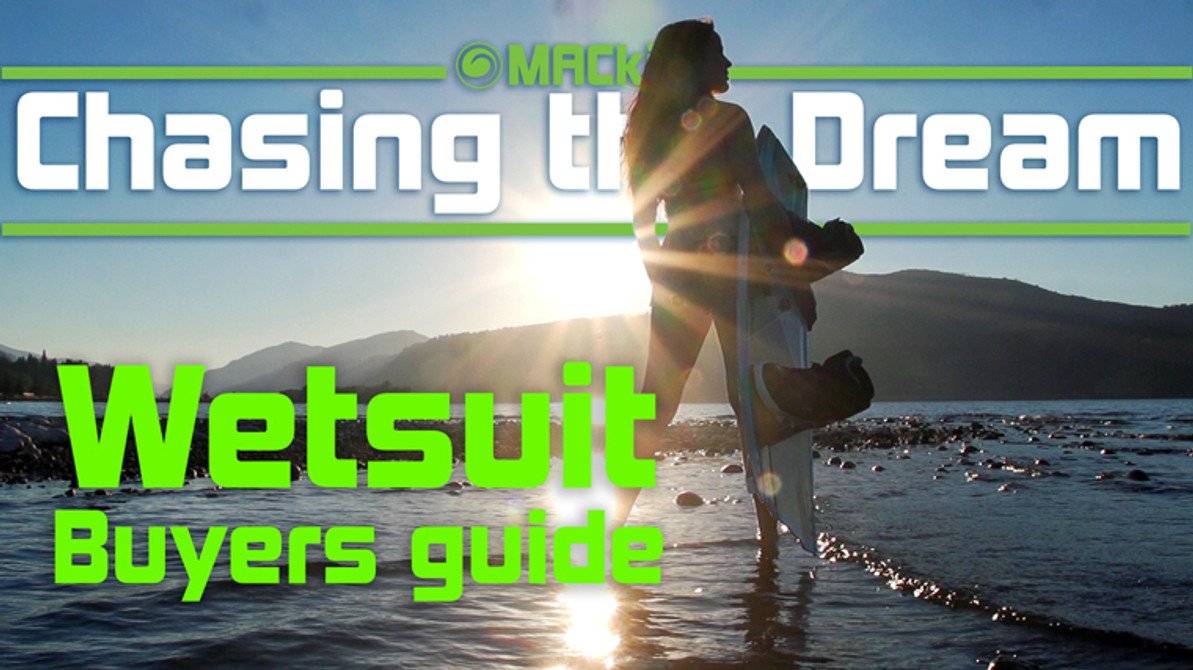Wetsuit Buyers Guide
Hey this is Crystal Veness with MACkiteboarding and in today’s vlog we’ll be talking about how to pick the perfect wetsuit for kiteboarding.
A few things we are going to cover in this vlog include how to pick a suit that suits the place you are riding, the temperature and conditions you are riding in, and that fits well and fits your budget just right. We’re also going to talk about the different types of wetsuits. This is applicable for you whether you’re in a warm-water environment or an ice-cold environment. We’re talking about everything from thermal tops to skinsuits to proper wetsuits, surf suits and even dry suits.
What do you need to consider?
Riding Location
Are you riding in a cold water spot or a warm water spot? Is there a seasonal change from the winter to summer conditions? Can you ride year-round? Would you even want to? Are you the type of person that’s the first to get covered up when it starts getting cold or are you the last one to put your sweater on? Some of the more sensitive riders like myself may find that the gloves, booties, and hoods may come on a little sooner than for the tough guys that will ride their board shorts even through the winter. If you’re the kind of kiter that likes to travel to summer and winter spots, or if you have a big temperature variation between your summer and winter or spring and summer seasons, you may need two wetsuits. I have a few because I travel a lot.
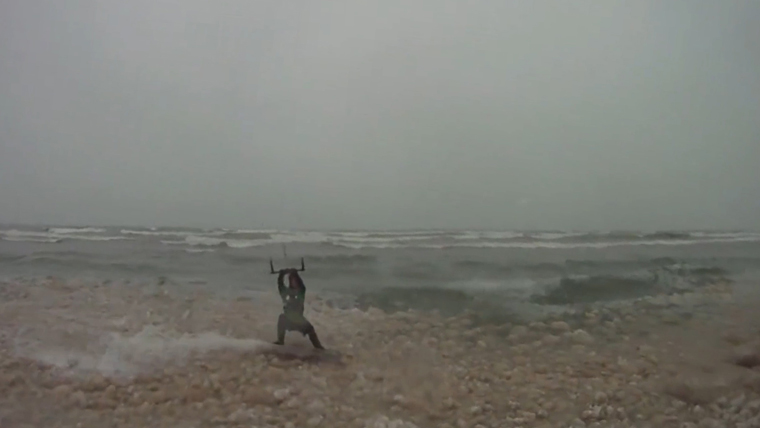
Kiteboarding Lake MI in January.
Budget
How much does a good wetsuit cost? You could probably get a standard quality, lighter wetsuit for somewhere around $100. The heavier wetsuits tend to cost a bit more, and if you’re riding somewhere like Lake Michigan or the San Francisco Bay Area or up here in Squamish, you’re going to need something more like a 5/4 or 4/3 wetsuit. These will range in price from anywhere between $175 to $350. A lot of people want to use their entire kite budget on their kites, harness and a killer board, but bear in mind a wetsuit is critically important, as this is the one thing that will keep you alive when all else fails temperature-wise. For the really cold spots, booties, hoods and gloves may be necessary. You’d be surprised that they often cost a little more as well. Be sure if you’re riding in cold weather and water, to leave a little more room in your budget for those things. If you are outfitting your kit for cold water you’ll want to budget an extra $100 or $150 for the extra little things. These will keep you warm and happy in the cold water when you wipe out...because you probably will at some point!
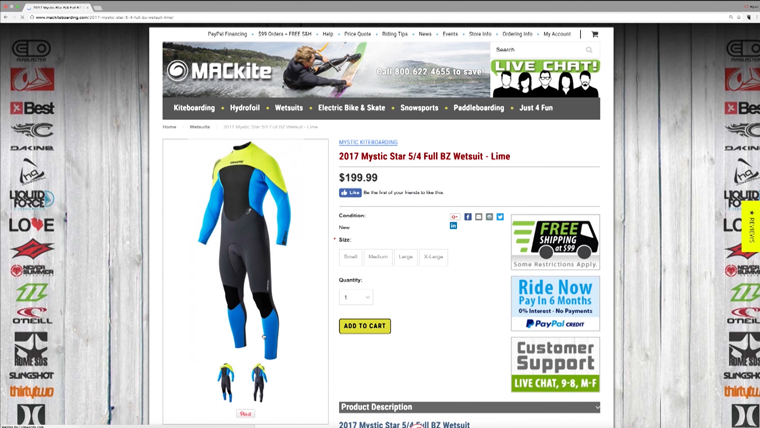
The Mystic Star 5/4 is a great affordable option!
Size
Sizing is very important as well, as a wetsuit that is too small or too big for you is no fun to ride in. The wetsuit might be too small if you find you can’t move your arms or legs around. It’s too big if there’s a lot of extra wiggle room. It won’t keep you warm if you have too much space for water to get between your skin and the suit. Additionally, everyone prefers a different style and fit of suit. My favorite wetsuits are the “booty” suits or “shorty” suits. Those are the ones that have long sleeves and a zip on top, and a bikini cut bottom down below. These suits are primarily meant for warm water conditions. I also have a 3/2 Ride Engine, which is awesome. It’s one of the most comfortable and easy wetsuits I’ve owned as far as getting the wetsuit on and off. For the very cold environments, like up in Squamish or in the Bay Area, I use a 5/4 Ion Jewel. That suit keeps me roasty toasty and happy, even when I’m swimming around trying to recover my kite! Make sure you get a chance to try it on or buy from an online retailer that will allow you to exchange the suit if it doesn’t fit just right.
Temperature
Let’s talk about the different temperatures, and what wetsuits might apply in those temperatures. Even if you are in a warm water spot, you may want to have a riding top, a thermal top, or just an exposure suit. This could be a one millimeter top or a one millimeter shorty suit, which will keep you a little warmer and allow you to extend your session. Even if you don’t necessarily need it, it keeps you protected when you’re crashing, keeps you protected from the sun, and keeps you a little warmer when you’re getting blown around on the beach and in the water.
A good rule of thumb to use when determining what thickness of suit you need, is to add the water temperature and air temperature. For example, in fahrenheit, if your water temperature is 30 degrees and the air is 110 degrees, the two added together is 140 degrees. In those extra warm environments (140 degrees and up), boardshorts or a bikini will work just fine. Unless you’re trying to prevent yourself from burning. In that case, be sure to invest in one of those 1mm tops! Anywhere around 100-120, you’ll want a 3/2 suit. A few different options for the colder temperatures are the 5/4’s and 4/3’s. Like I said, I use a 5/4 because I get cold pretty easily. Another option is a 4/3 insulated suits or a wind suits,. Deluxe suits have extra stitching, and because of it, will keep you much warmer when needed. Of course, once you get to the freezing cold waters and the icy conditions you’ll want to transition over to a dry suit. When your combined wind and water temperatures are around 60 degrees fahrenheit, you’ll want a drysuit. Check out the temperature graphic from MACkiteboarding to help you decide what suit you’ll need for your riding location. There’s a helpful link to that in the description of this video.
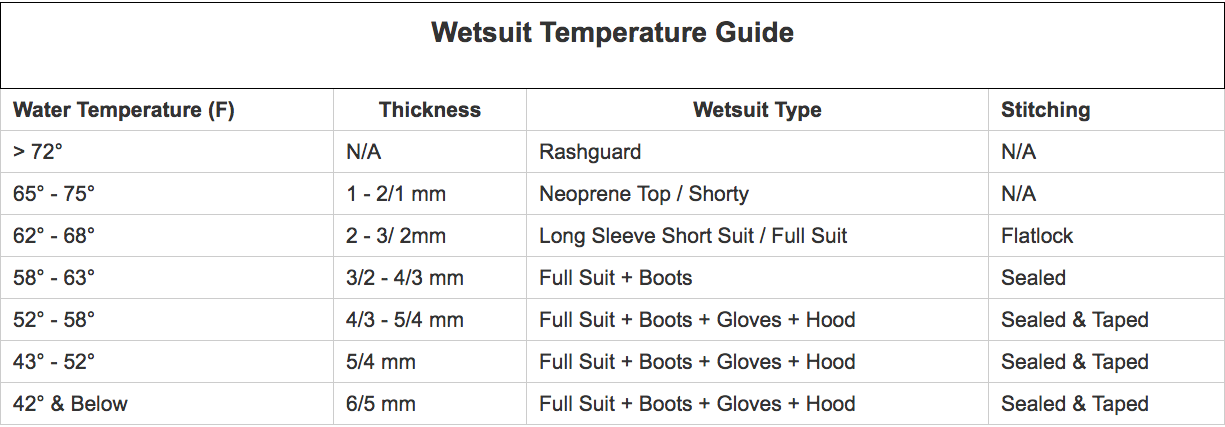
Our Wetsuit Temperature Guide helps you pick the perfect suit for your conditions.
Dress For Your Wipeout
One of the main safety rules in kiteboarding, is to make sure you are dressing for your wipeout, not for your session. If you run into a problem where you find yourself stuck in cold water, but dressed for a warm and sunny day, you’re not going to last very long if you’re not dressed for the conditions. Dress for the wipeout, dress for the water, and dress like you have to swim back to shore for 20 minutes! Oh and very importantly, be sure you like the way it looks because you’ll be riding that wetsuit all season. It always feels good to feel good in your wetsuit!
This has been Crystal Veness with MACkiteboarding. Thanks again for watching! If you have any questions about wetsuits, thermal tops, gear, or whatever you need, post them in the comments. We’re happy to help! Reach out to us at MACkiteboarding or contact me on my Instagram: @Crystalintl. And of course, please like this video and share it with your friends. If you have any ideas for our next topic, post it in the comments. We look forward to creating more content that is relevant to you!
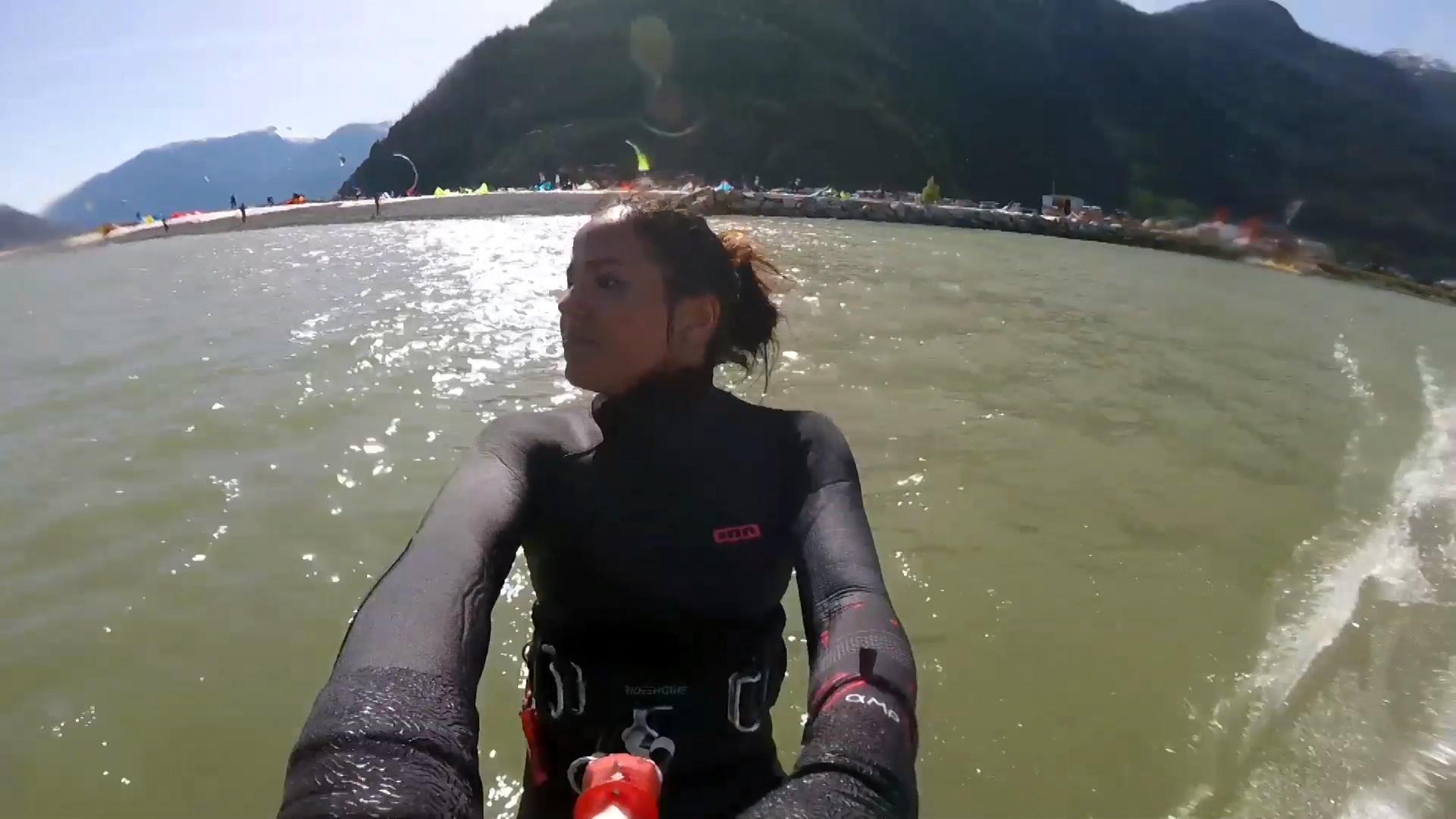
Crystal rocking her Ion Jewel up in Squamish, BC.
Thanks again, and see you next time on Chasing the Dream!
*Written & produced by Ryan (Rygo) Goloversic and Crystal Veness
 Crystal Veness
Crystal Veness
Originally from Canada, she now calls the entire world her playground and simultaneously her workplace. Whether that's an impromptu office in the back of a rental car on top of a mountain or a hut on kite beach Cabarete, she is a true embodiment of the work-life balance movement.
Website: CrystalVeness.com
Instagram: @crystalintl
Facebook: CrystalVeness
Twitter: crystalintl
Recent Posts
-
Kiteboarding | Crafting the Harlem Force Kite with Sustainability and Performance
Unparalleled Performance Meets Unmatched Sustainability The kiteboarding industry is on …24th Apr 2024 -
Duotone Ventis 2025 | What's New?
If you're familiar with Duotone's Ventis, you know its specialty is freeriding in light wind …23rd Apr 2024 -
Duotone Ventis D/LAB 2025 Overview
If you ride in an area with multiple light wind days and need a wing that'll let you get o …23rd Apr 2024

